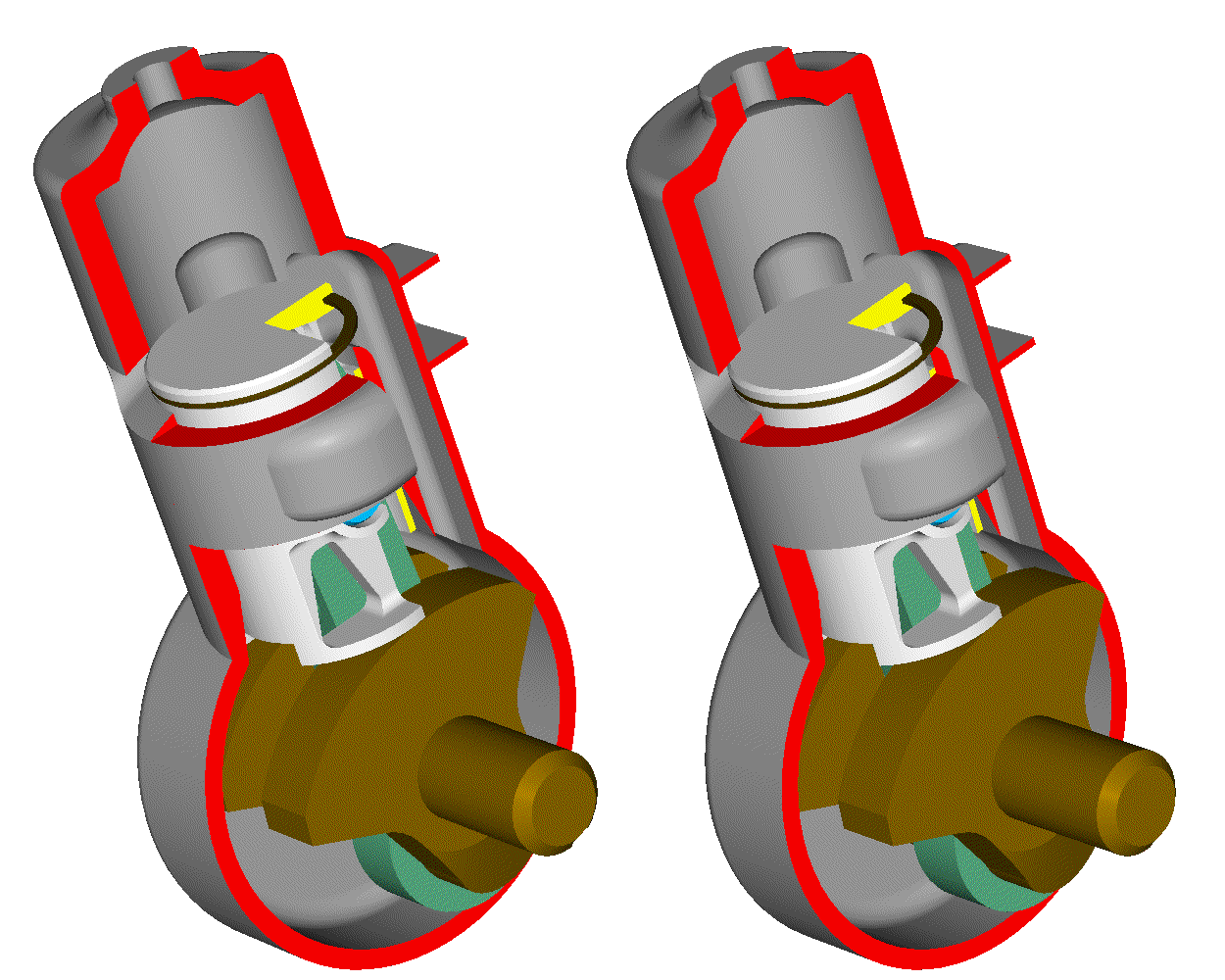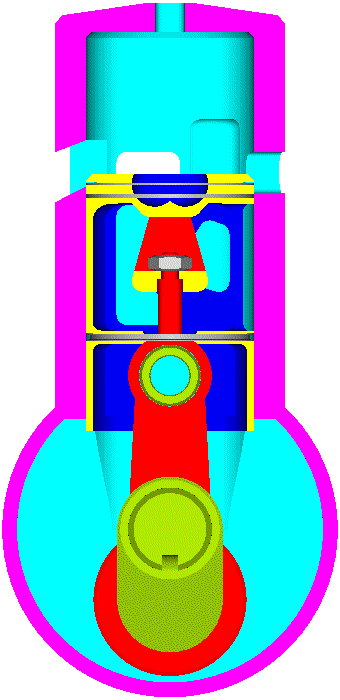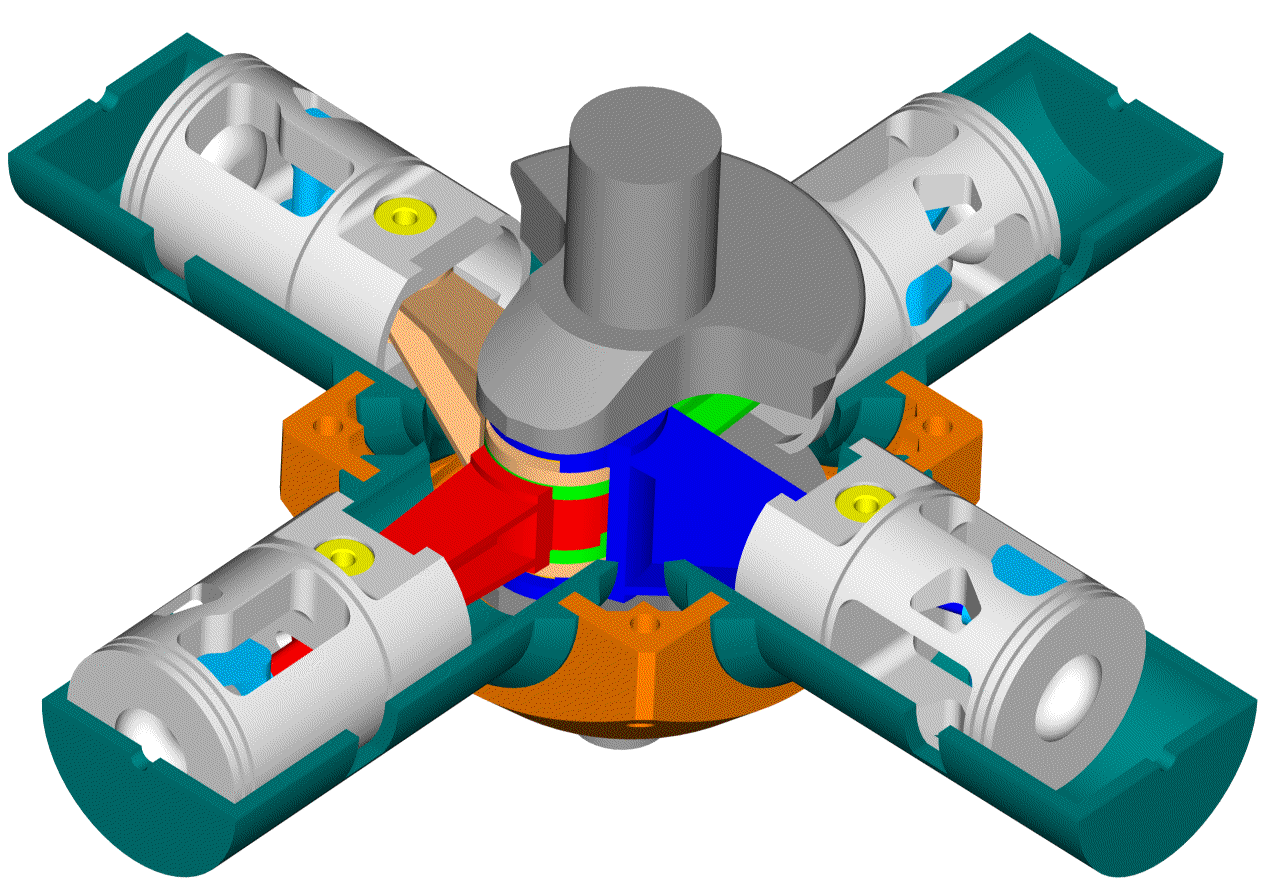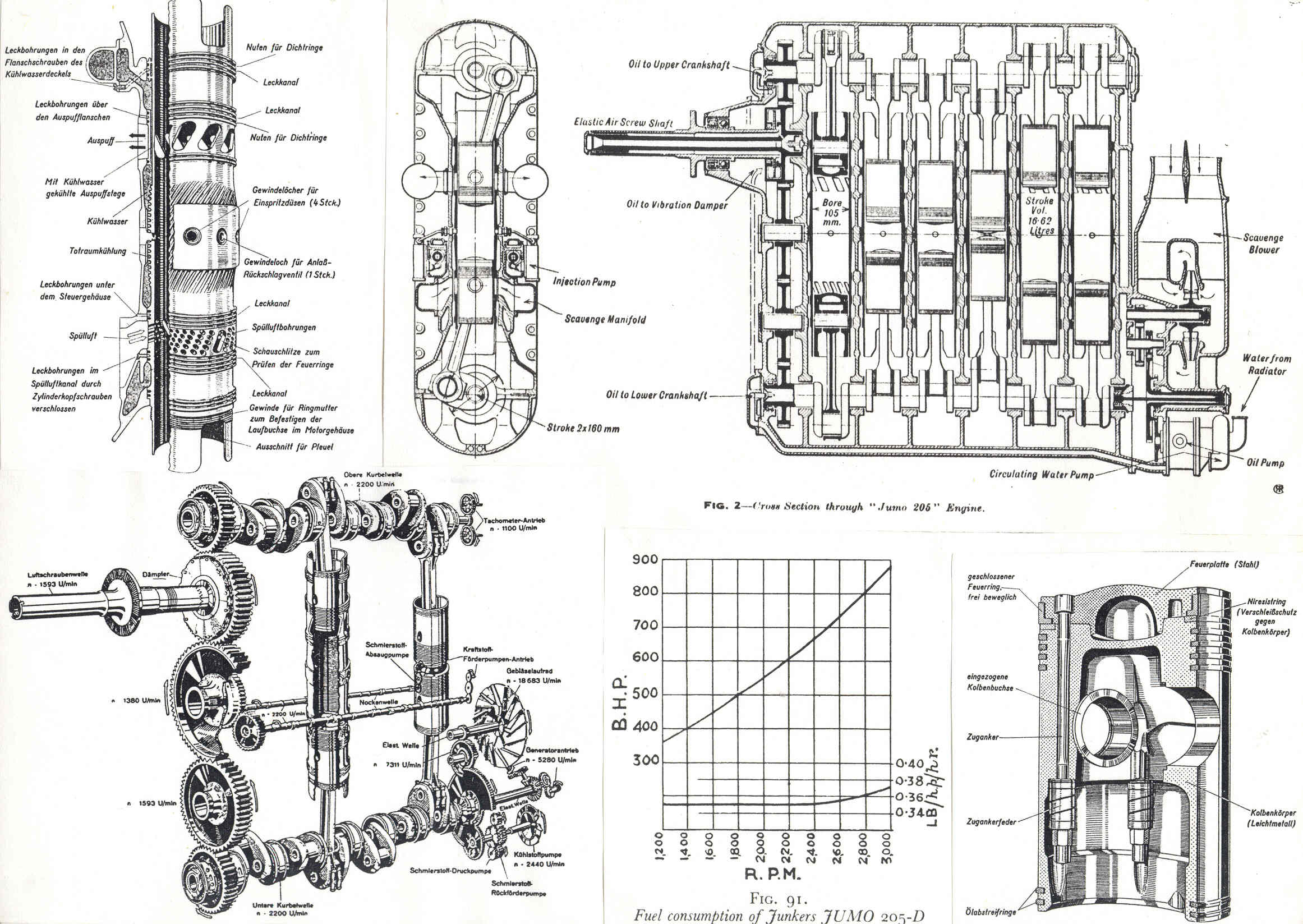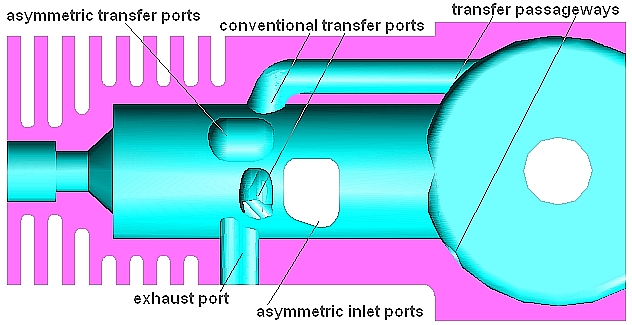QUOTE from http://www.honda-museum.com/tag/activat ... ombustion/ :
In 1995 Honda re-entered the Paris-Dakar with a bang. The EXP-2 was a radically new and different motorbike, equipped with a revolutionary 400ccm two-stroke engine. After two weeks of racing the african dessert Jean Brucy finished 5th overall and first place in the under-500ccm class.

The EXP-2 was designed to increase fuel economy, drastically reduce emissions and improve torque characteristics over existing two-strokes. The ARC termed system (Activated Radical Combustion) featured fuel injection and a variable exhaust valve which produced controlled auto-ignition at low to medium throttle settings (at high throttle settings the ignition was controlled by a spark plug). The effect was a thoroughly combustion at low revolutions, whereas in a conventional two-stroke engine unburnt gases would escape into the atmosphere.
A linear and wide powerband was the result, giving the EXP-2 a similar performance to its four-stroke competitors – but a substantially better fuel economy and lower emissions. By increasing the mileage of the bike, it could be raced carrying less fuel, which improved handling and decreased rider fatigue.
Track record of the EXP-2:
1995: Rally Granada-Dakar: 1st place in the >500ccm class, 5th overall
1995: Baja 1000: 1st place in class 30, 7th overall
1995: Nevada Rally: 1st place in the class A3 (2stroke >251ccm), 8th overall
End of QUOTE
Honda abandoned their EXP-2 project for some reason.
The common sense says: for some technical reasons and not for marketing reasons.
Because Honda, the biggest motorcycle maker, “manipulates” the market and has millions of fans.
More or less the same advantages are claimed for the Orbital 2-stroke direct injection engines in the Engine Expo 1995 presentation, Hamburg Germany, at http://www.4x4brasil.com.br/forum/attac ... ngines.pdf .
Similar advantages were using in Bimota for their 500cc V2.
The following are from the:
“Revolutionary High-Efficiency Engine-Too Good to be True?”
discussion in the “Tdi club forums” at: http://forums.tdiclub.com/showthread.ph ... 78&page=14
February 25, 2017, DrSmile:
“Epitaph to this thread.... as I prognosticated, not only did this (i.e. The OPOC engine of EcoMotors) never go anywhere (except pull money out of rich men's pockets) in 12 years but the Ecomotors website seems to now be unofficially dead. It joins the ranks of the algae diesel company Solazyme, the Zeroshift transmission, and the Revetec controlled combustion engine.”
And here is the first post in the same discussion:
Wxman, April 13, 2005:
“FEV Shows High-Efficiency 2-Stroke Diesel
By Bill Visnic
WardsAuto.com, Apr 12 2005
Engine developer FEV unveils a unique new engine design at the 2005 Society of Automotive Engineers World Congress.
DETROIT - FEV Engine Technology displays at the annual Society of Automotive Engineers World Congress here an intriguing opposed-cylinder diesel engine that leverages improvements to the 2-stroke cycle to generate thermal efficiency in excess of 41%.
The Opposed Piston-Opposed Cylinder (OPOC) design, says an FEV source, also generates extraordinary power density. A turbocharged 2-cyl. prototype on display generates 325 hp and 590 lb.-ft. (800 Nm) of torque at 2,000 rpm, yet weighs just 270 lbs. (123 kg).
Using a unique system of inner and outer connecting rods and cleverly positioned intake and exhaust ports, the OPOC design runs pistons in each opposed cylinder. The design causes the pistons to clamp together to develop compression and drive apart from the resulting combustion.
FEV says the inspiration for the OPOC design comes from both the Junkers Jumo twin-crankshaft diesel aircraft engine and the opposed-cylinder (“boxer”) design of Ferdinand Porsche.
FEV says the design, in eliminating cylinder heads and all valvetrain, has 25% fewer components, presenting the potential to dramatically reduce manufacturing cost and servicing complexity.
At the same time, the improvements to the 2-stroke cycle - focused largely on asymmetrically located intake and exhaust ports and a high degree of turbo boost - generates twice the power density of a typical poppet-valve 4-stroke engine.
The OPOC engine development program, conducted in conjunction with Advanced Propulsion Technologies Inc. (APT), was sponsored by the Defense Advanced Research Projects Agency as a potential power generator for military applications. (See related story: Military Humvees on Hybrid Trail)
FEV says the prototype engine has “almost no main bearing forces and very low piston side forces,” which significantly reduces operating friction. The prototype's four long connecting rods are constructed from titanium.
The engine also employs an electrically assisted turbocharger (EAT) developed by APT. An FEV source says the EAT is integral to the OPOC engine's ability to achieve the most from the 2-stroke combustion process.
The turbocharger's electrically assisted turbine can develop high levels of boost at low engine speeds that normally leave conventional turbochargers lacking. The FEV source says the EAT also can be used to precisely tailor the engine's torque output.”
The following, also for the OPOC engine of EcoMotors, is from http://www.hybridcars.com/bill-gates-in ... ine-28242/
“EcoMotors promises that the Opoc engine will provide a 50 percent fuel efficiency improvement on current engines while using half as many parts, and delivering a modular engine architecture capable of dramatically reducing emissions especially in city driving.
Gates (i.e. “the” Bill Gates of Microsoft), who invested through the Bill & Melinda Gates Foundation, said, “The Opoc engine can be an important step in providing affordable, low-emission transportation for the developing world.”

Reasonably, Bill Gates cannot be proud, today, for what he said then about the “promising” Opoc engine, nor for investing and loosing 23.5 US million dollars in EcoMotors OPOC.
I wonder why, neither FEV, nor Bill Gates of Microsoft, paid the US100$, or so, annual fee to keep the web site of EcoMotors active.
So I have to insist on:
There are deeper (technical) reasons for a good idea to not flourish (especially when it is supported by the biggest companies and richest investors).
Thanks
Manolis Pattakos





